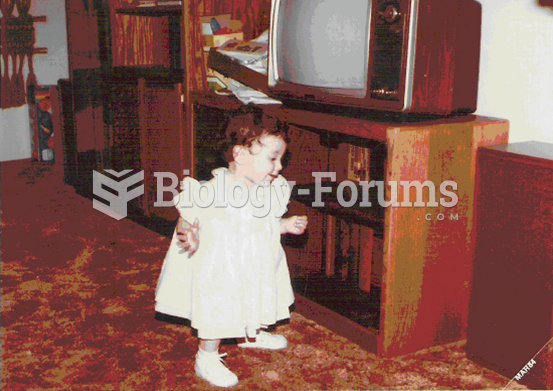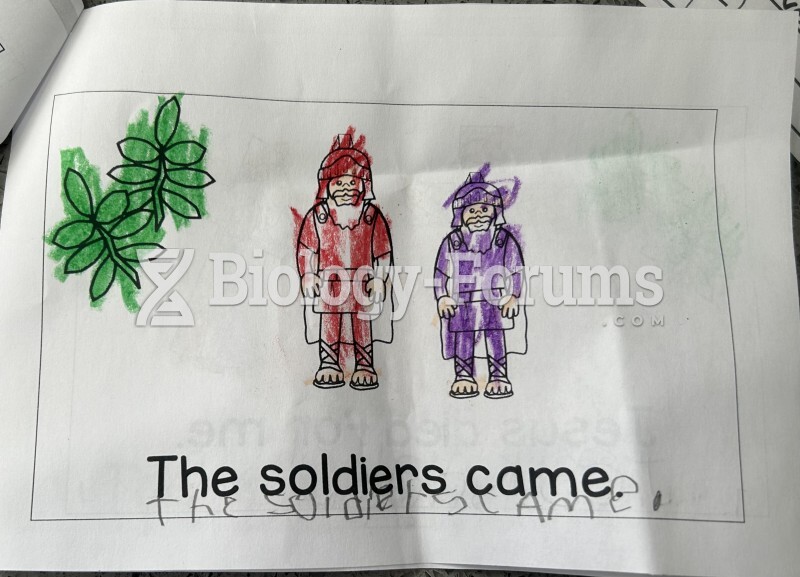Answer to Question 1
- Everyday Use is a comic story with serious undertones. Narrated by the mother, whose wry good sense contrasts vividly with her older daughters pretensions, the story highlights not only a generation gap, but also a contrast between two sharply different attitudes toward the ideas of heritage and family.
Ream it out again (par. 41), says Mama, as she tries to learn her eldest daughters new name. Throughout the story, she keepsprobably with tongue in cheek calling her eldest daughter several variations of Dee or Wangero, a name she obviously finds ridiculous.
Another poignant yet funny moment occurs after Dees arrival with a man and Mama notes, they didnt tell me, and I didnt ask, whether Wangero (Dee) had really gone and married him (par. 44). This short, stocky man with hair all over his head a foot long and hanging from his chin like a kinky mule tail has a name twice as long and three times as hard as her daughters moniker Wangero Leewanika Kemanjo. After Mama keeps tripping over his name, he tells her to just call him Hakim-a-barber. She wanted to ask him was he a barber, but she didnt really think he was, so she didnt ask (par. 42). This kind of dry humor pervades the story, making it a pleasure to read.
Answer to Question 2
- On the surface, the main conflict is a fight between two sisters over possession of two old quilts that have been in their family for three generations. On a deeper level, however, the conflict goes beyond the objects and centers on the way one doesor does notunderstand ones heritage. Older sister Dee wants to hang the familys quilts on her wall as an expression of African American folk art; to her, these are family heirlooms that should be preserved and displayed. Mama and Maggie want to put the quilts to everyday use for their original purposeto provide warmth or comfort.
Perhaps on the deepest level the story presents another serious conflict. The mother, who loves her two daughters, must make an important choice by the storys end: either to please her worldly successful elder daughter (whom she has not seen in a long time), or to keep her promise to her homely younger daughter who is getting married. In the end, the reader is satisfied when Mama does something she never had done before: she hugged Maggie . . . then dragged her on into the room, snatched the quilts out of Miss Wangeros hands and dumped them into Maggies lap (par. 76).







